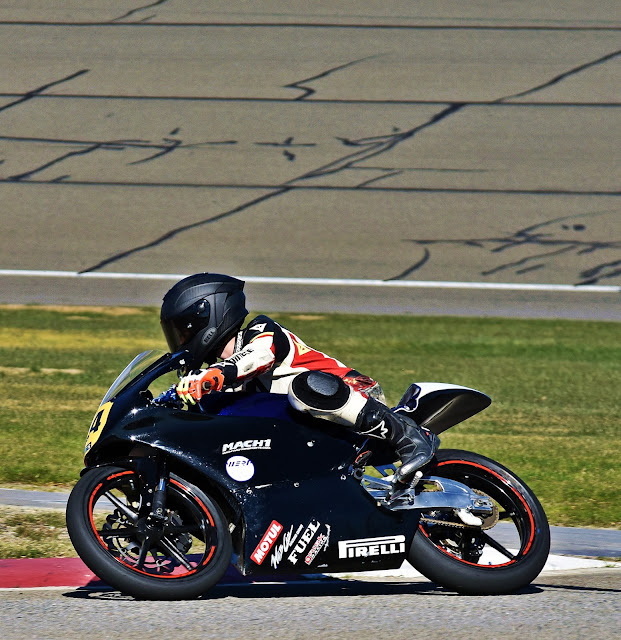 |
| Brad Saenz won the Senior Superbike Heavyweight Expert race on his Honda CBR600RR. |
 |
| Edgar Zaragoza continued his domination of the mediumweight classes. |
 |
| Brenden Ketelson took his Honda 250 to the wins in D Superbike Novice, Formula 2 Novice and Formula 3. |














